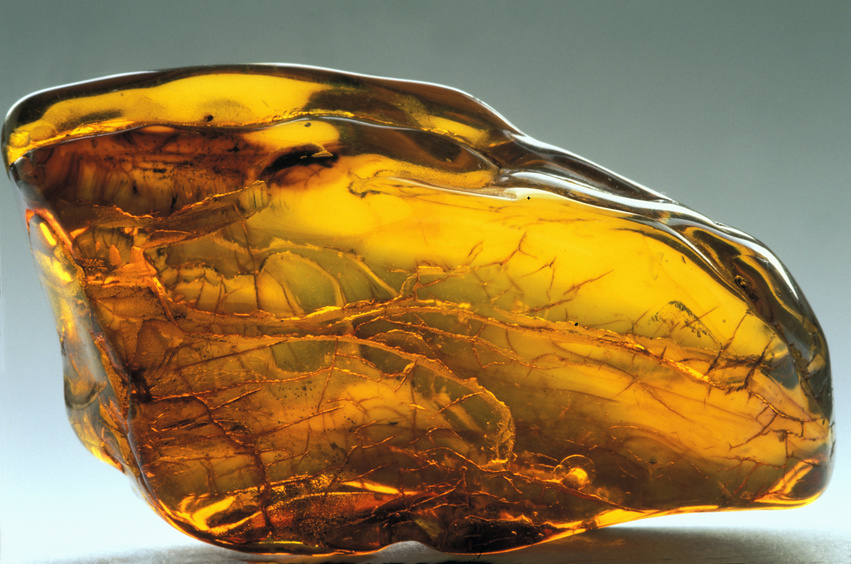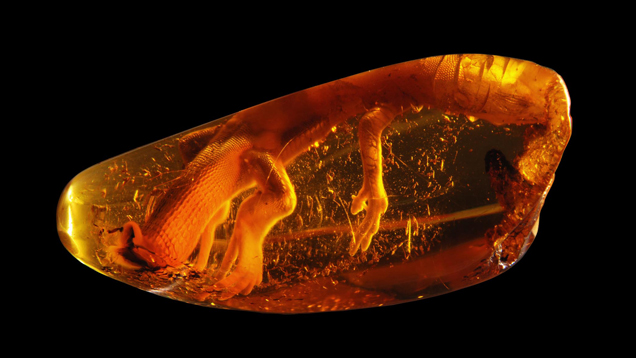
Amber was the world’s first recognised gem and the only one to be found in Denmark.
In ancient times from the Stone Age to the Viking era our forefathers in Denmark and indeed the whole of prehistoric Europe agreed that amber was something very special. They named it the ‘Nordic Gold’ and made valuable pieces of jewellery from it as well as using it as a means of payment. Amber became Scandinavia’s first successful export venture. The Ancient Greeks discovered amber’s ability to produce static electricity through friction and called it ‘electron’ – hence the modern word ‘electricity’.
Since ancient times amber has been cherished for its beauty, individuality and warm glow. Amber has a special aura that is said to bring happiness, health and prosperity. For centuries, giving amber, amber jewellery and figures, or amber stones meant good fortune. Today, a gift of amber is still a way of expressing true feelings and appreciation of the recipient’s natural and beautiful personality.
A unique gift for a unique person.

